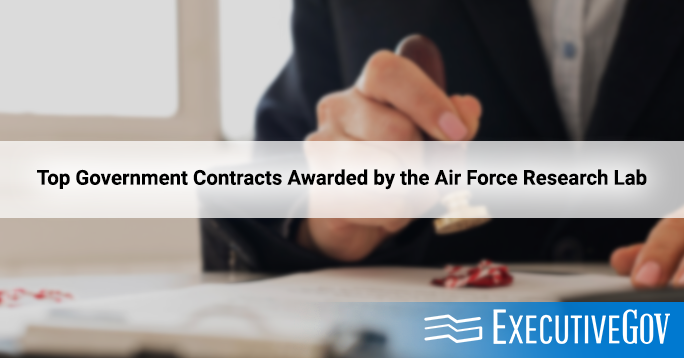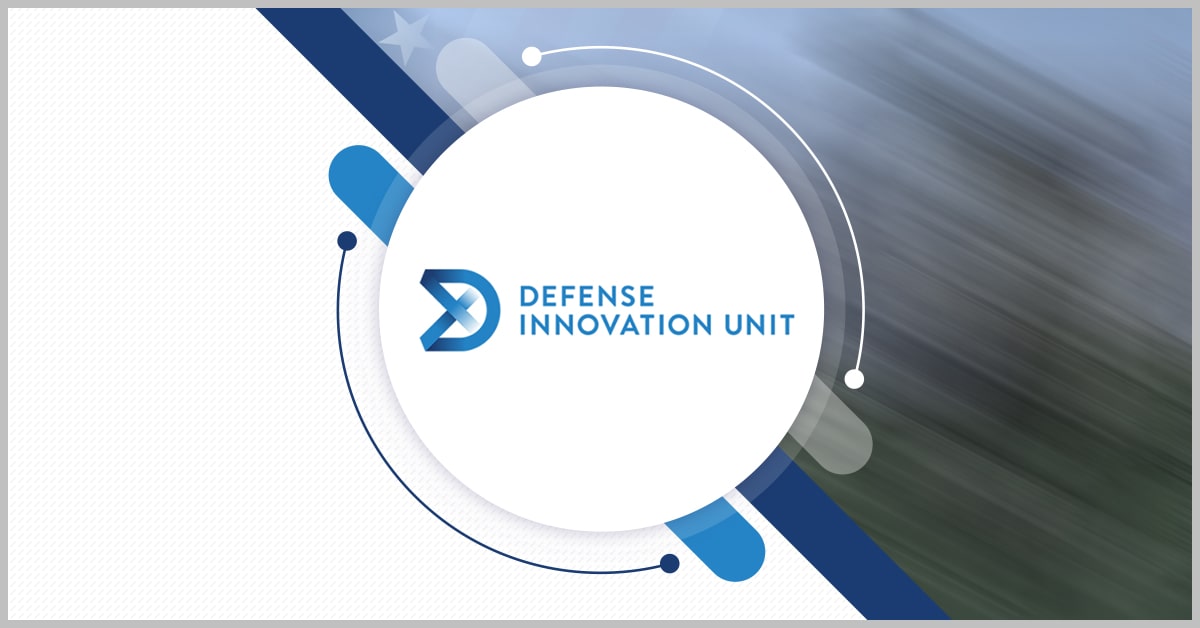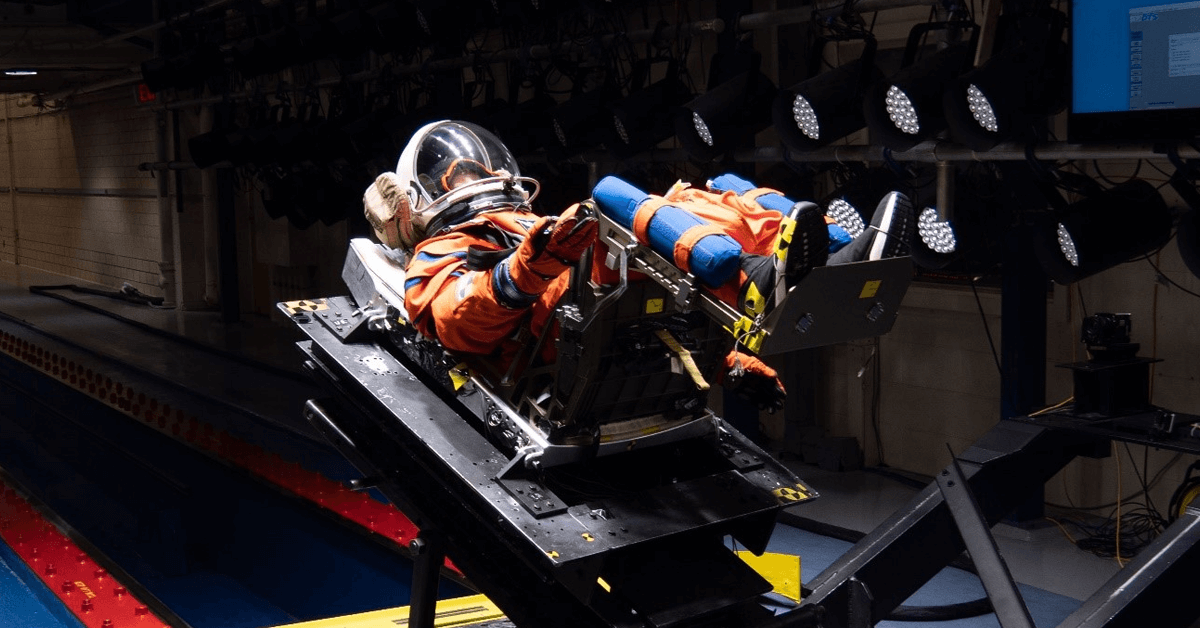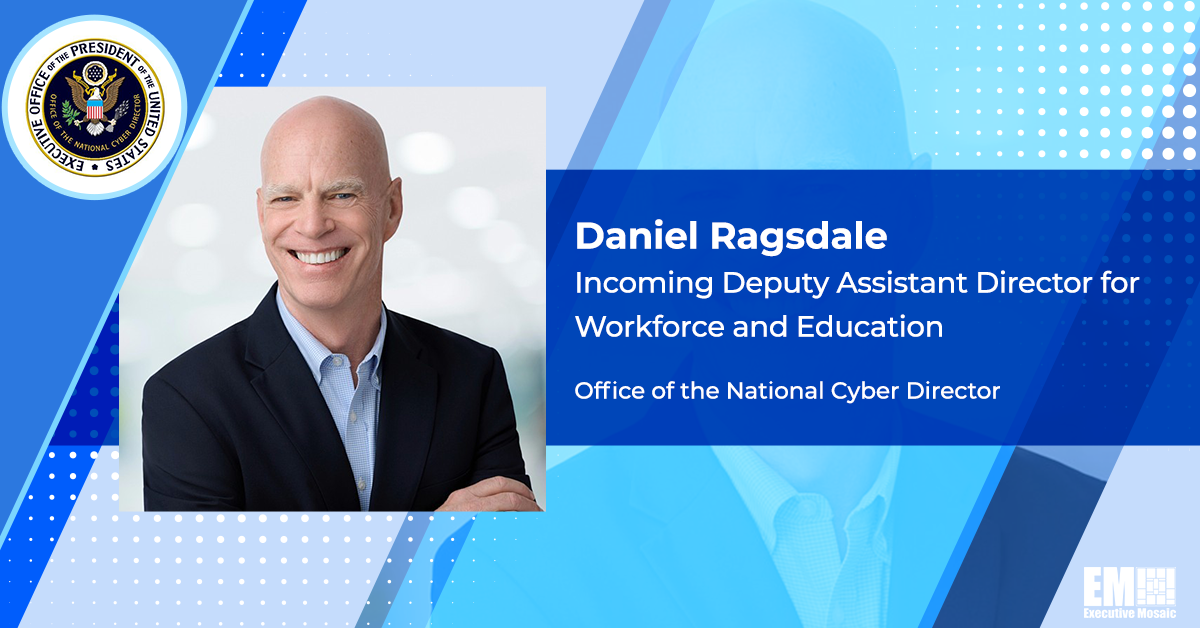A new Deltek report revealed that federal agencies’ spending on artificial intelligence technologies totaled $7.7 billion between fiscal years 2020 and 2022, reflecting an increase of 36 percent over the three-year period.
The report showed that research and development accounted for 60 percent of agencies’ total AI prime contract obligations from FY 2020 through FY 2022, Christine Fritsch, a senior principal research analyst at Deltek, wrote in a market analysis piece published Tuesday.
Agencies have cited data quality, ethics, security, effective oversight, explainability and transparency as top challenges to AI adoption in the federal government and that they are buying AI capabilities to support both their mission needs and the procurement process, according to the company’s Federal Artificial Intelligence Landscape, 2024 report.
The analysis noted that other transaction agreements and other contracting mechanisms have enabled agencies to increase spending on AI tools and Small Business Innovation Research and Small Business Technology Transfer program awards have benefited some small vendors.

Join the ExecutiveBiz Trusted Artificial Intelligence and Autonomy Forum on Sept. 12 to hear public sector leaders and technology experts as they talk about the opportunities and risks associated with generative AI and related tools. Click here to register.


















